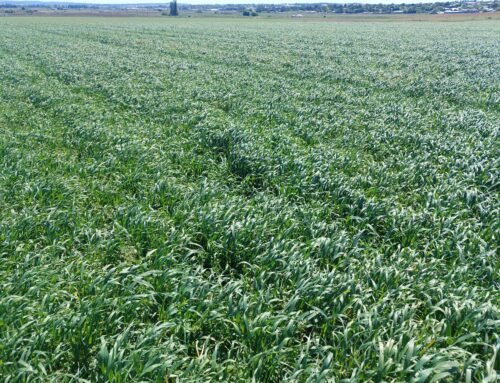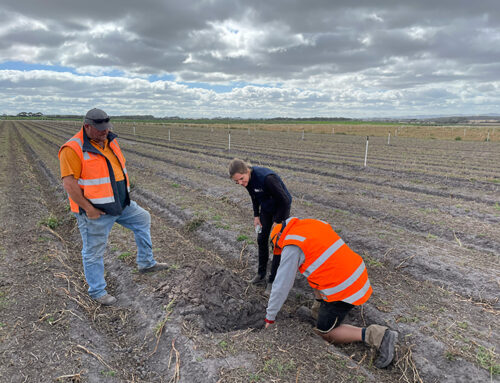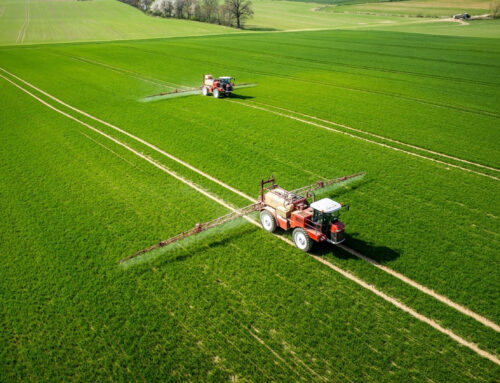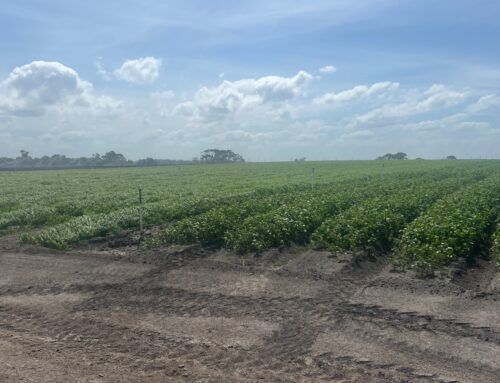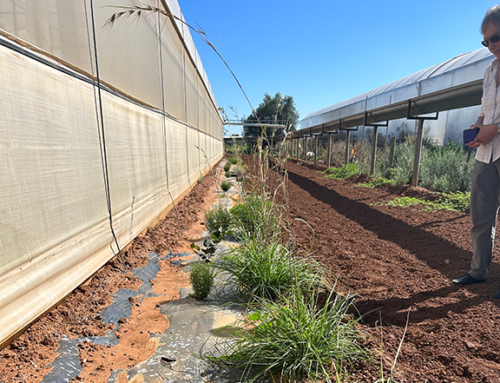This webinar will look at the capacity of both summer and winter cover crops to out-compete weeds during non-cash cropping periods, reduce the weed seedbank and improve soil health.
Click on below links for resources on topics discussed in the webinar:
- Cover crops for Australian vegetable growers – Agronomy table including weed suppression. Click here for poster.
- Winter cover cropping for weed management trial in WA. Click here for video part 1 and part 2.
- Summer cover cropping for weed management trial in NSW. Click here for video part 1 and part 2.
- Inter-row ryegrass cover crop – a winner in snow pea production. Click here for case study.
- Economics of weed management in the Australian vegetable industry: Click here for report.
The presentation from the webinar is available to download here.
Topics line up:
- Brief introduction to the teams and projects
- Data from cover crop project:
- Why using cover crops for weed suppression
- What species are most efficient
- Some data from UNE’s field trials and SWICP2’s case study site:
- Summer: Richmond, NSW, including data
- Winter: Myalup, WA, including data
- Winter: Ryegrass cover crop a winner in Wedderburn snow pea cropping
Presenters:
- University of New England weed team: Assoc. Prof. Paul Kristiansen, Michael Coleman and Christine Fyfe
- SoilWealth ICP2 team members: Kelvin Montagu, Marc Hinderager
The webinar is presented by the project VG16078 – Soil wealth and integrated crop protection – Phase 2 in conjunction with projects VG15070 – A strategic approach to weed management for the Australian Vegetable Industry and VG16068 – Optimising cover cropping for the Australian vegetable industry.
These projects are funded by Hort Innovation using the vegetable and potato research and development levy and contributions from the Australian Government. Hort Innovation is the grower-owned, not-for-profit research and development corporation for Australian horticulture.
This project is supported by Applied Horticultural Research through funding from the Australian Government’s National Landcare Program.


